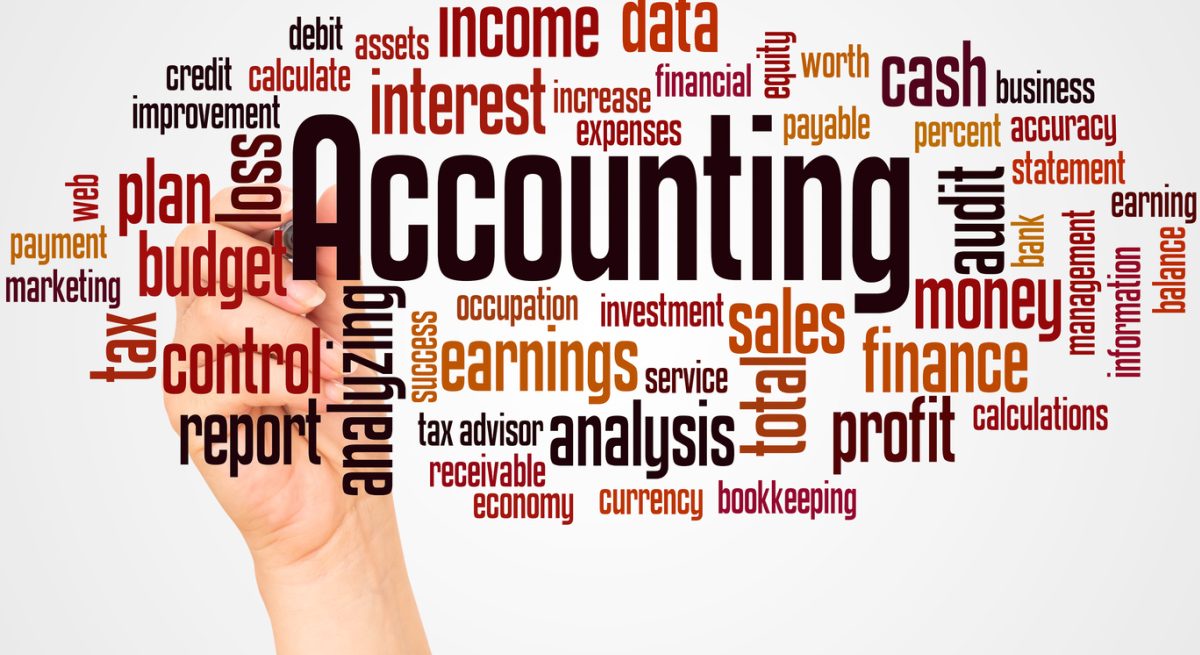Five Restaurant Accounting Tips for Non-Accountants
3 Min Read By Morgan Harris
We all know that being a restaurant manager is tough. When we think of a restaurant manager, we think of common traits such as a high-energy, service-oriented individual with strong people skills who can stay calm under immense pressure. While strong accounting skills may not be at the top of what comes to mind, every good restaurant manager must have at least a basic knowledge of accounting to be successful.
Restaurants face distinct accounting challenges that require a restaurant-specific approach. While many of the concepts are similar to other industries, restaurants must rely on accurate, real-time data in order to be profitable in an industry that is notorious for having slim margins.
The key to operating a profitable restaurant is understanding your profits and losses, knowing how to manage food and labor costs and making strategic decisions about expenses and investments. While there is a lot involved in these processes, there are some strategies that can be applied by understanding basic accounting procedures.
Below are five restaurant-specific accounting tips that all non-accountants can master:
How to Speak Basic Accounting
Whether you are an owner, operator, manager or other non-accounting restaurant professional responsible for the profitability of your restaurant business, you’ll need to familiarize yourself with four restaurant accounting terms and how to use them. All restaurant accounting starts with these basic elements:
- Chart of accounts – a listing of every transaction in your restaurant
- Restaurant expenses – a list of all fixed and variable restaurant expenses
- Prime cost – your costs of goods sold (CoGS) plus labor
- Prime cost as a percentage of sales – your prime cost compared to total sales for a specific time period
How to Analyze a P&L Statement
“P&L” stands for profit and loss. Your P&L statement is one of the most important documents for restaurant managers to understand because it outlines all your income and expenses – or what money you are bringing in versus what money is going out – for any given period. If there’s one financial statement you should be reviewing frequently, it should be your P&L. The more often you review financial statements, the more proactively you can address any issues.
This is key because Revenue – Expenses = Profits. As your sales fluctuate, make sure your spending does too. The data in your P&L statement will show you exactly where you are missing the mark on your spending compared to sales, or when it’s a good time to invest back into your business. Knowing where you stand financially on a real-time basis will help you to not overspend when sales are lower, while simultaneously allowing you to purchase more when the sales warrant it.
How to Set-Up Restaurant Accounting Cycles
It’s easy to assume that you go by a regular calendar year when setting up your accounting structure. However, restaurants function on a week-to-week basis. Therefore, you want a fiscal calendar where your periods consist of complete, fiscal weeks.
Using a 4-4-5 or 13×4 fiscal calendar will allow your fiscal weeks to fall in line with your periods, making it easier to determine trends in week-by-week and period-by-period comparisons and reducing the need for journal entries to allocate labor to the correct periods.
How to Properly Forecast
Forecasting is using historical data to predict key metrics. Not only can forecasting help you control your costs in the big picture, but it also makes your day-to-day operations run smoother.
You can make data-informed decisions about where to put your resources and when. Instead of guessing and then calling in staff members or cutting employees mid-shift, you can allocate your staff according to what times will most likely be busiest based on historical sales reports’ break down sales by date, time and season.
How to Use Key Metrics for Proper Inventory
Just like with labor, your ordering should also take forecasting into account. Historical sales levels can indicate what food, beverages, and supplies you need to buy for the next comparable sales period.
Mastering how to forecast your inventory is just the first step, you almost must control it. Inventory control traces the amount of product ordered, everything that comes out of the kitchen and bar and what is left over as sitting inventory afterward. Inefficient management practices, improper storage, gaps in inventory logs, theft and waste are among the top reasons that cause even the most successful kitchens to fail.
Check your inventory against data collected by the POS. Your physical count should match what would be left over after you compare your order invoices minus the sales that are shown in the POS reports. If they don’t, you need to ask yourself, “where did they go?”
When you’re managing a restaurant, you are required to wear many hats. Being successful in restaurant accounting, even for non-accountants, requires a basic familiarity with accounting concepts. While it may seem like a different language at first, understanding accounting can drive good decision making and ultimately add to your restaurant’s bottom line.


